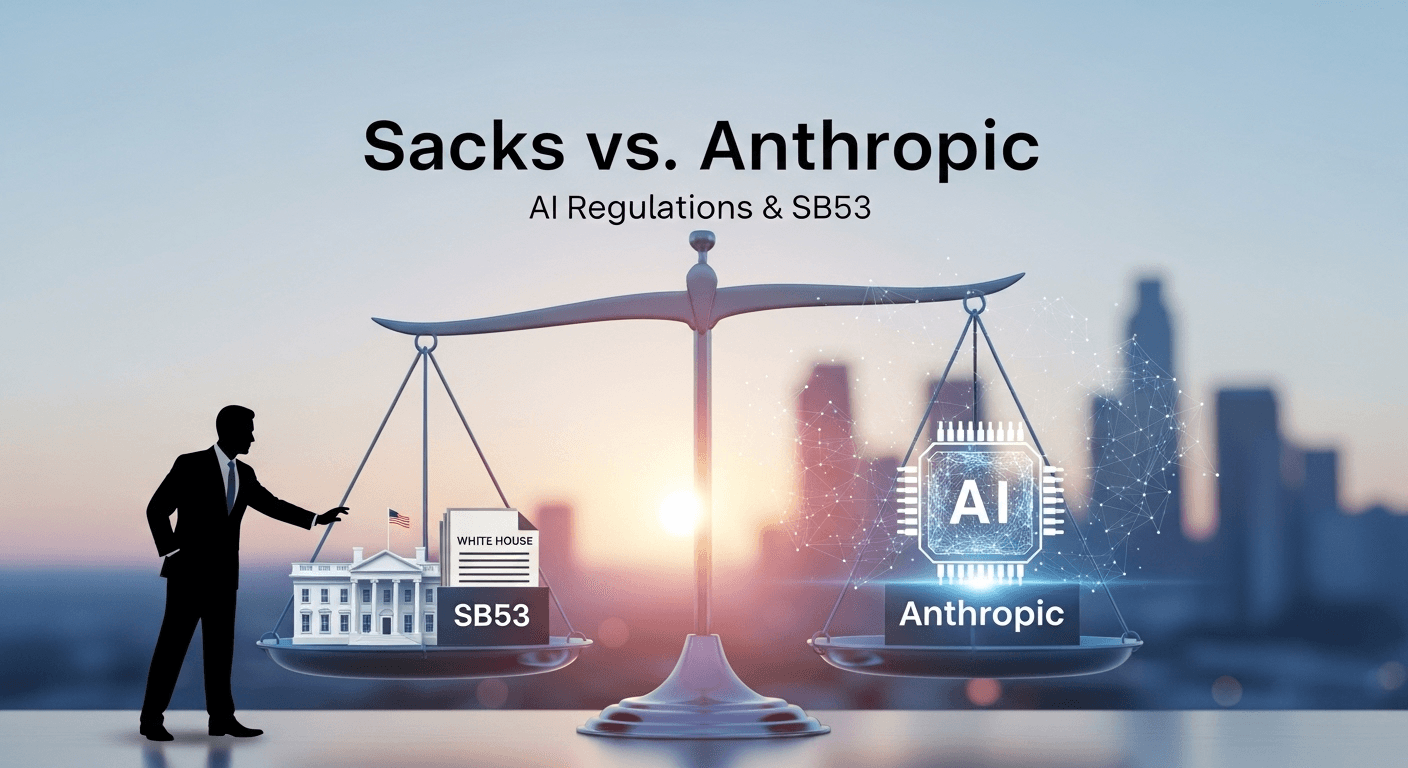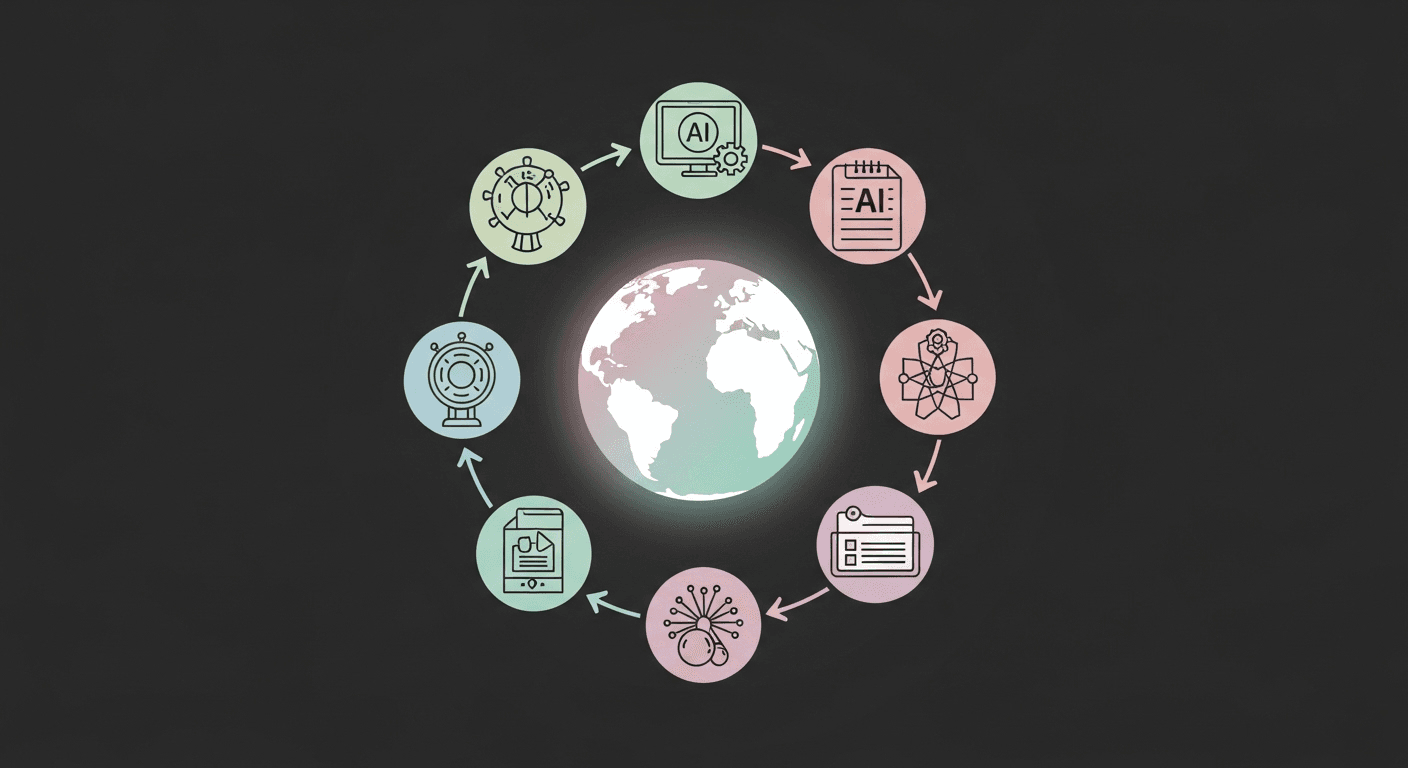Byte Pair Encoding: Simplifying Text Processing for Large Language Models

Introduction to Byte Pair Encoding
Byte Pair Encoding (BPE) is a powerful text compression technique originally used in telecommunications but has since been adopted in the field of natural language processing (NLP). This method has become instrumental in simplifying the text processing workflows for Large Language Models (LLMs), enabling these sophisticated algorithms to interpret and generate human-like text with greater efficiency.
The Evolution of Text Compression Techniques
Historically, text compression methods have evolved to manage data effectively, reducing storage requirements and increasing transfer speeds. From simple algorithms like Run-Length Encoding to more complex Huffman and Lempel-Ziv-Welch (LZW) compressions, each technique has contributed to the way data is handled digitally. The development of BPE was a significant milestone, creating a balance between compression efficiency and computational simplicity, making it particularly useful for NLP tasks.
How Byte Pair Encoding Works
Byte Pair Encoding operates by iteratively merging the most frequently occurring pairs of bytes or characters in a text. This process reduces the size of the text by replacing these common pairs with a single, new byte or symbol not present in the original text. The steps involved in BPE are straightforward yet effective:
- Create a frequency table of all characters and pairs in the text.
- Identify the most frequent pairs.
- Replace these pairs with a new, unique character or byte.
- Repeat the process until a desired level of compression is achieved.
Byte Pair Encoding in Large Language Models
LLMs like GPT (Generative Pre-trained Transformer) and BERT (Bidirectional Encoder Representations from Transformers) utilize Byte Pair Encoding to manage their vast vocabularies efficiently. By using BPE, these models can break down words into smaller, manageable subwords or tokens. This tokenization process not only reduces the complexity of the model’s vocabulary but also helps in handling rare or unknown words effectively.
Benefits of BPE in Language Processing
The integration of Byte Pair Encoding into LLMs offers several benefits:
- Reduction in Model Complexity: By decreasing vocabulary size, BPE simplifies the architecture of language models.
- Better Handling of Rare Words: BPE allows LLMs to deconstruct rare words into known subwords, enabling the model to understand and process them without having seen them frequently in training data.
- Improved Efficiency: Smaller vocabulary translates into faster processing times and lower computational costs, essential for deploying LLMs at scale.
Comparative Analysis of BPE with Other Tokenization Methods
While BPE is highly effective, it’s important to compare it with other tokenization methods like WordPiece used by Google’s BERT or SentencePiece used in multiple language processing tasks. Each method has its trade-offs in terms of efficiency, ease of implementation, and performance in different scenarios.
Implementing Byte Pair Encoding in NLP Projects
Implementing BPE is a straightforward process that can bring significant advantages to NLP projects, particularly those involving large language models. Developers can utilize existing libraries and tools to integrate BPE into their models, streamlining the development process and ensuring optimal performance.
Future Directions and Innovations in Text Processing
The ongoing evolution of text processing technologies promises further improvements in the efficiency and effectiveness of LLMs. As new methods and techniques are developed, the role of Byte Pair Encoding may change, adapting to new challenges and requirements in the dynamic field of NLP.
Conclusion
Byte Pair Encoding has revolutionized the way text is processed in large language models by simplifying the complexity and enhancing the models’ ability to handle diverse linguistic phenomena. As LLMs continue to evolve, the importance of efficient, scalable text processing methods like BPE will only grow, highlighting its crucial role in the future of artificial intelligence and NLP.
Thank You for Reading this Blog and See You Soon! 🙏 👋
Let's connect 🚀
Latest Blogs
Read My Latest Blogs about AI

Sacks vs. Anthropic: The High-Stakes Battle Over AI Regulations, Regulatory Capture, and California’s SB53
White House adviser David Sacks accuses Anthropic of manipulating AI rules. We explore SB53, the regulatory capture debate, and its implications for startups and federal policy.
Read more


